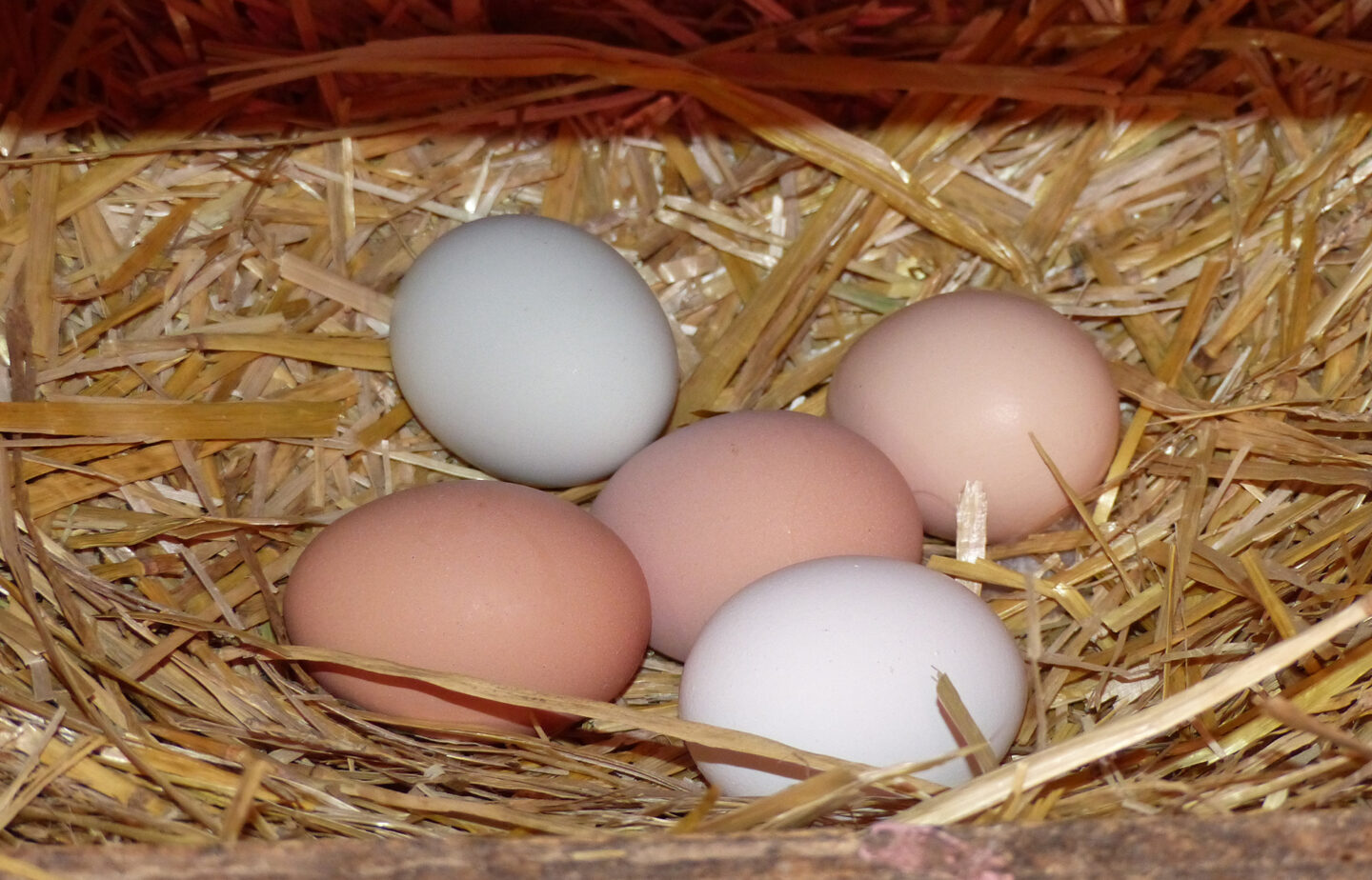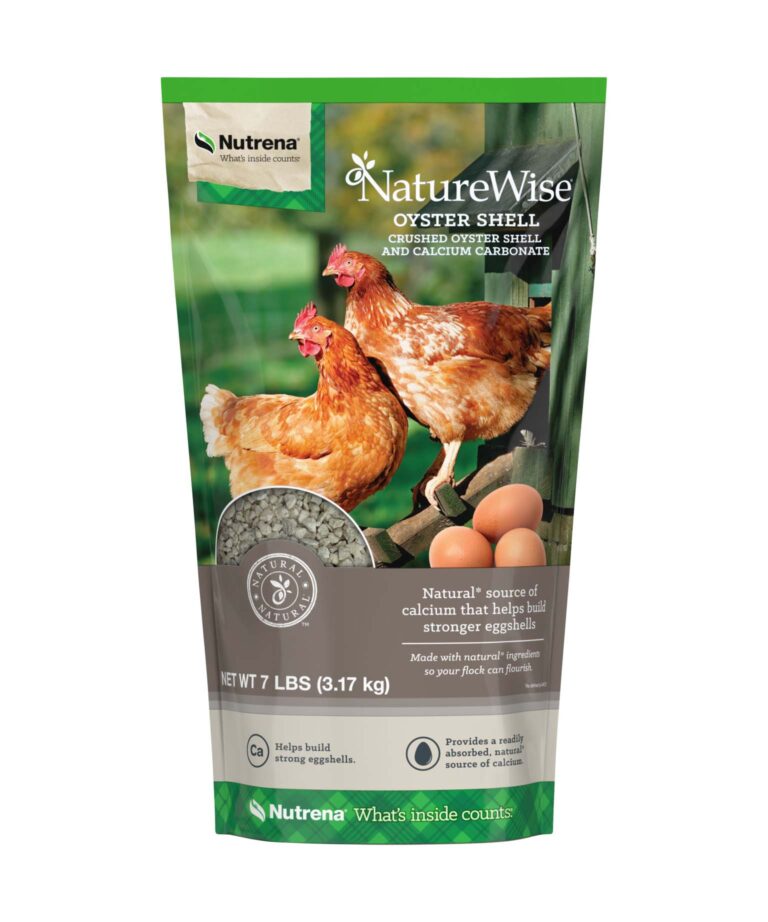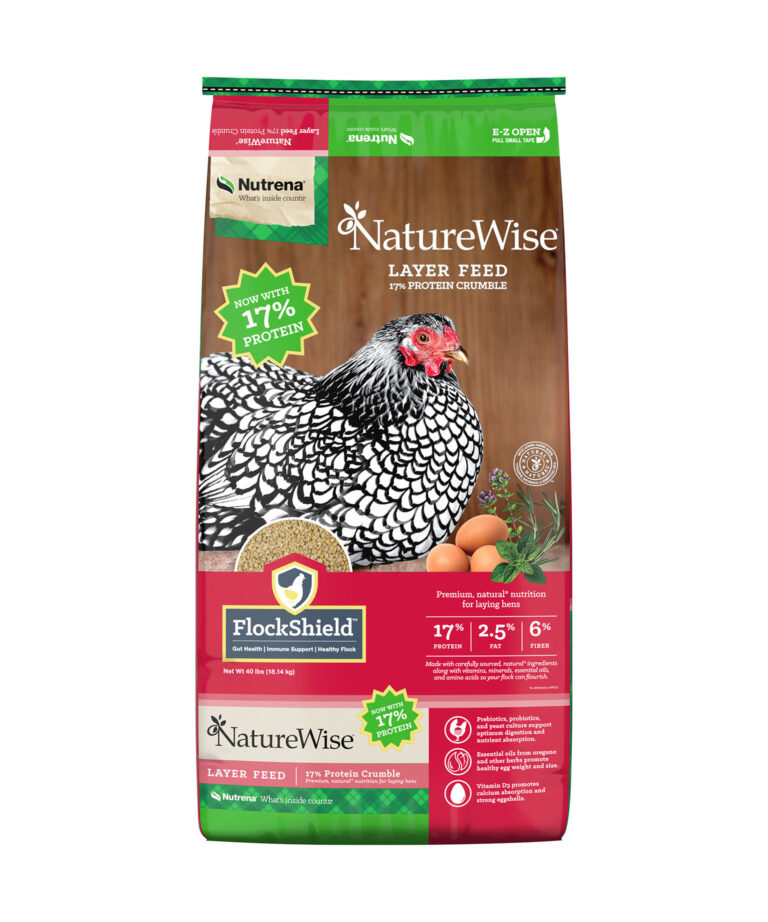How to Supplement Calcium to Your Flock

The shell of each egg that your hens are laying is made up of nearly 95% calcium carbonate by dry weight. To produce hard eggs, your chicken will be consuming up 20 times the amount of calcium in one year than the amount of calcium that is contained in her actual bones. As their keeper, it is your responsibility to make sure each chicken is consuming a steady supply of calcium in her diet.
Table of Contents
Key Takeaways
- Eggshells contain 95% calcium carbonate, but hens need 20 times more calcium than their bones provide.
- Feeding hens their own eggshells poses risks like salmonella contamination and may lead to egg-eating behavior.
- Instead of eggshells, provide oyster shells or limestone as safer calcium sources for your flock.
- These alternatives are cost-effective, reducing health risks and lasting for months with proper feeding.
Why Feeding Eggshells to Chickens Can Be Risky
There are some chicken owners who swear by reusing eggshells and feeding them back to their flock. Some people may crush these before feeding. Feeding your chickens their eggshells may seem like a convenient way to recycle them, but there are several health risks that will be brought upon them.
1. Risk of salmonella for hens. Salmonella can be found on the inside and outside of eggs. The kicker? Salmonella can be on eggs that seem to appear completely normal. Feeding your hens eggshells infected with this bacterium can cause this sometimes-fatal illness. Some people prevent this by baking their eggshells before feeding, however, that is not always effective and is a time-consuming process
2. Risk of salmonella for humans. This is where the “domino effect” comes into play. If a chicken is eating eggshells with salmonella and becomes infected, this affects the eggs they are producing, and any human consumption of those eggs.
3. Can teach hens to start eating their own eggs. When chickens start to recognize their food as eggshells, this runs the risk of them eating and destroying the eggs they lay.
Calcium Sources for a Healthy Laying Flock
Though this may seem like a higher investment up front, feeding your laying chickens oyster shells or limestone instead of their own eggshells with pay off in the end. By cutting out serious health risks to your chickens and to those eating the eggs they produce, feeding oyster shells or limestone is a cost effective and safe alternative. In addition, a little bit of these products go a long way – a 50 lb. bag of oyster shell or limestone will last the average flock an extended period of time – up to several months for a flock of 6-8 birds. Feeding these products is easy – simply put the oyster shell or limestone in a separate container and allow birds access free choice. Your girls will take what they need.
Just keep in mind that when it comes to calcium supplementation for your flock, ground limestone or oyster shells are safer options than feeding eggshells back to your girls.



